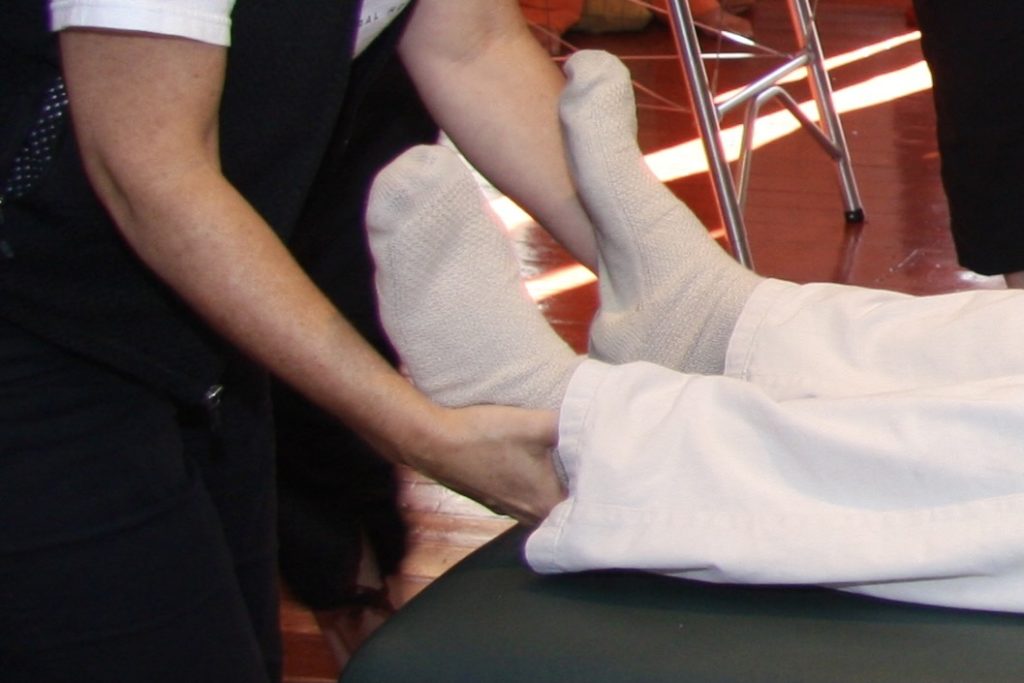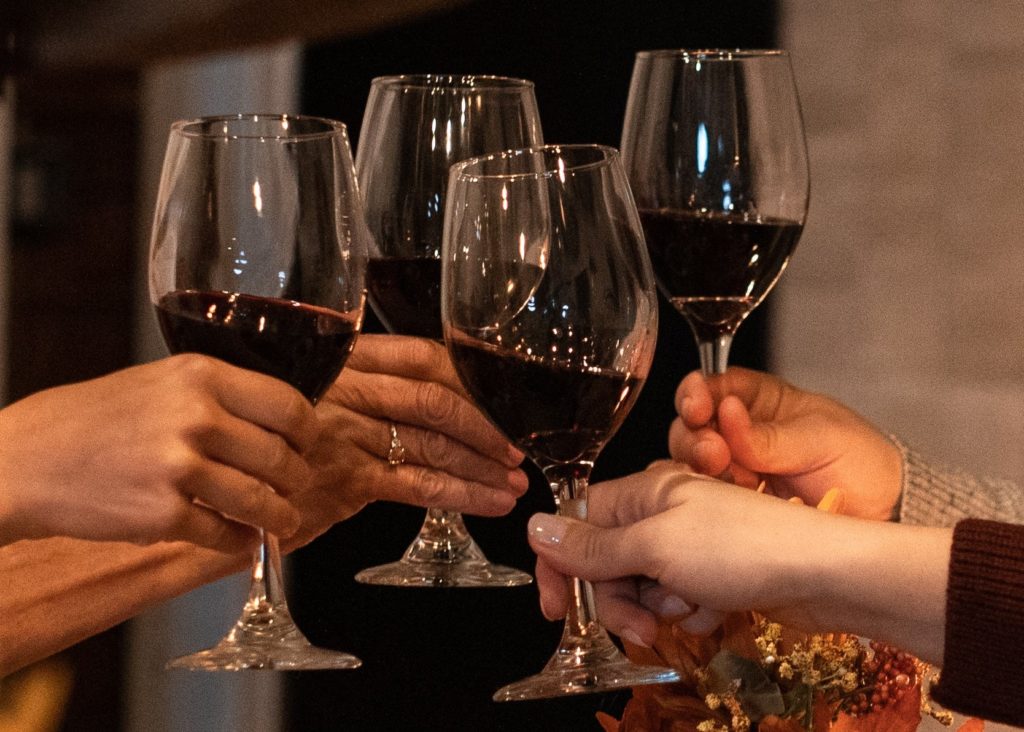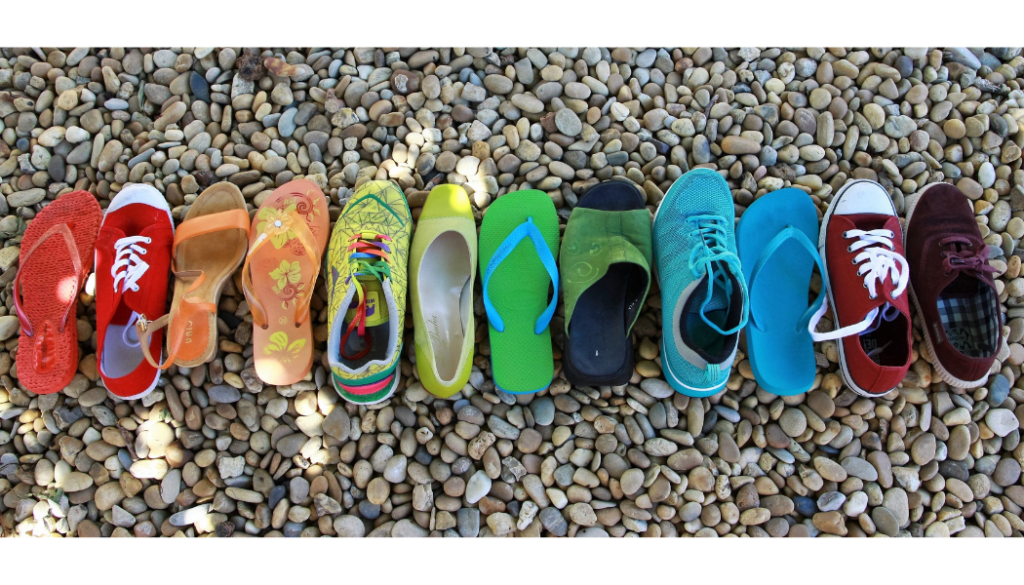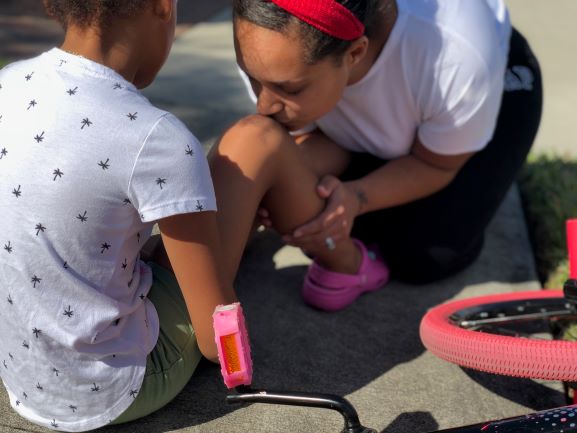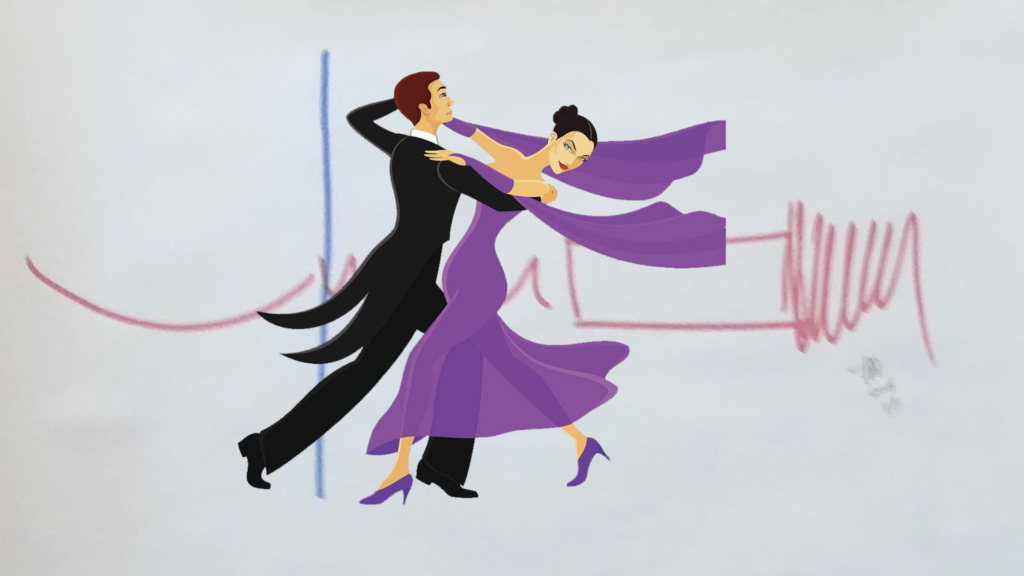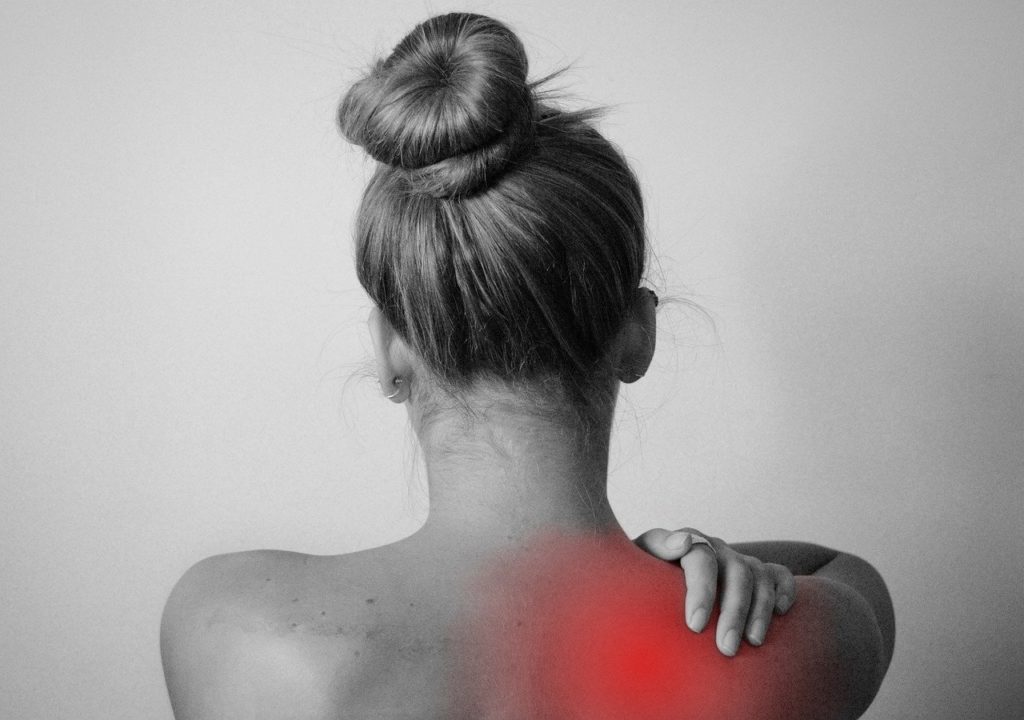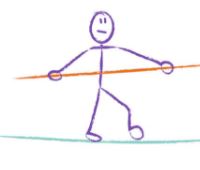
How’s your life going these days? Does managing change feel like a balancing act? We might all recognize that feeling of being off balance initially when something changes in our lives. And given the numerous changes over the past year, feeling off balance has become a way of life for many of us. If we view changes in our lives through the lens of Zero Balancing, any occurrence that creates change is a fulcrum. In a Zero Balancing session, each technique you experience is a fulcrum. What happens when you receive a fulcrum? As the practitioner, every technique I use is called a fulcrum. I create a fulcrum by applying traction to your legs or gentle pressure on your ribs. And then I stay still. Because the default of the body is motion, your body responds by changing and reorganizing around my stillness. You go into what is called a working state. The pattern that existed before the fulcrum has been affected and is shifting. You are in process, in movement. The process you are experiencing is inherently unstable because things are moving and changing. My job as a practitioner is to stay grounded, stable and present with you, while not attempting to influence or help your process. Your body knows just what to do and will, over the next several hours, naturally move to its highest state of health. The best course for each of us to follow is to witness what’s going on and to allow the process to naturally progress.
Taking a broader view, any change can be seen as a fulcrum. Think about a time when things changed in your life. It might have been a change initiated by you, a change initiated by another that affects you, or a change initiated by a societal or external event. Perhaps you got a new job or started or ended a relationship. Or perhaps several things changed at once, such as the world entering a global pandemic. Think about how “in motion” things felt, how your life changed, evolved, and finally settled down into a new pattern. You went into a working state and perhaps are still in a working state, as so many of us are with regard to the pandemic. If you can identify this and can name it, the process can be easier to navigate. Expecting yourself to feel unaffected by big fulcrums is unrealistic. It’s natural to go into a working state, to feel in motion, to feel less stable, after a big fulcrum.
Even though the experience of change and evolution during a working state is normal, it may still be a very challenging time!! How do we navigate the period of instability that naturally occurs after a fulcrum? Imagine standing waist-deep in the ocean. There’s a way that we can learn to ride out being in flux, responding to external forces, and keeping our balance on an unstable surface.
If you find your life has gone into a working state, Zero Balancing sessions can help! Each ZB session helps to ground and center you. Multiple sessions over time help to build a deeper stability so when things get rocky, your world doesn’t get rocked so deeply. When faced with big life events, such as the pandemic, job changes, marriages and divorces, or other life transitions, recognizing you are in a working state can change your perspective. Zero Balancing sessions can help you with grounding, centering and stability so you can ride the wave until your life settles into its new pattern.

